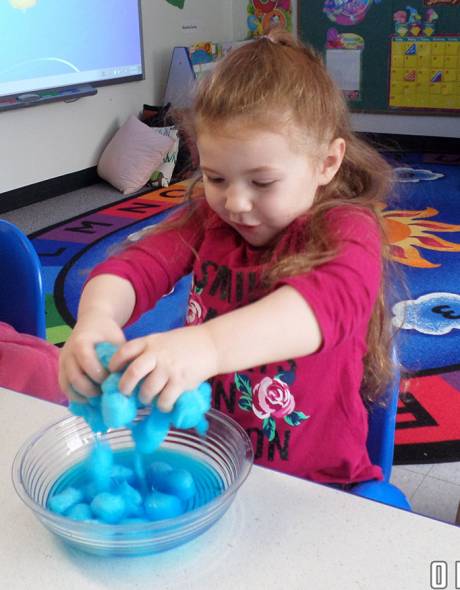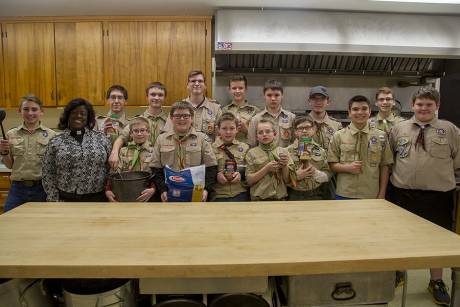Public Health Column: Beware of lead in paint when tackling spring renovation projects
From the Genesee County Health Department:
Spring is here, and although many of us are anticipating the arrival of the warm weather, home renovations will soon begin. A fresh coat of paint can spruce up and room and give it new life.
Many folks are anxious to begin their renovations, but it is crucial to keep in mind the age of your home. If your home was built before 1978, you must consider that the paint in your home could contain lead, and you will have to plan any home renovation, repair, and painting activity with that in mind.
Lead is a metal that can harm children and adults when it gets into their bodies. Lead poisoning is caused by swallowing or breathing in sources of lead. The most common source of lead poisoning comes from lead dust which is created from chipping, peeling, or deteriorated lead based paint. The smallest particles of lead dust cannot be seen but they can easily enter and harm the body.
Sarah Balduf, Environmental Health director of Genesee and Orleans counties, explains why renovating older homes could turn problematic if not completed properly.
“The greatest risk with renovating older homes is that many people are unaware that their home contains lead based paint because they have completed renovations since the 1970s," she said. "Even if the lead based paint has been covered with new paint or another covering, cracked or chipped painted surfaces can expose the lead based paint, creating a lead hazard.
"If proper precautions are not taken to renovate lead based paint correctly, the health and well-being of the folks residing in the home will be compromised.”
The damaging health effects of lead poisoning are particularly concerning to young children and pregnant women. When lead gets into their bodies, it is distributed to the brain, liver, kidney and bones. Brenden Bedard, director of Community Health Services of Genesee and Orleans counties, further explains the complications associated with lead poisoning.
“Children who ingest lead are at risk for developing learning disabilities, behavioral issues, developmental delays, extreme lethargy, and chronic medical complications," he said. "Pregnant women who are exposed to lead can transfer the lead to their fetus.
"Some of the effects lead can have on their unborn child include delayed growth and development, premature delivery, low birth weight, and chronic medical complications. Adults who are exposed to high lead levels can also develop high blood pressure, headaches, digestive problems, memory and concentration problems, kidney damage, mood changes, nerve disorders, sleep disturbances, and muscle or joint pain.”
Although the negative health consequences of lead poisoning are scary, lead poisoning is 100-percent preventable! Renovating older homes require more work and safeguards to ensure the work being completed is done safely.
For larger projects, this may require hiring a lead-certified contractor. For smaller projects, you can manage the work yourself with proper precautions. Below are some tips on how to renovate right:
- Remove all furnishings, rugs, etc. before beginning your project. The work area should be sealed with plastic and taped down to keep the lead dust in. Cover air vents and turn off heaters and air-conditioning systems during renovation and remodeling.
- When beginning the renovation it is important to have the proper protective equipment on hand. It is best to wear a properly fitted respirator with special lead HEPA (high efficiency particulate air) filters, as well as coveralls, goggles and gloves.
- Consider using special paints called encapsulants that seal the lead paint to the surface so it will not chip off.
- Use low dust practices by spraying water on surfaces before sanding or scraping. Vacuum any lead dust with a HEPA vacuum. Floors should be wet mopped with a removable mop head and then HEPA vacuumed. When finished, the mop head should be disposed or washed separately.
- Keep all non-workers, especially children, pregnant women, and pets outside of the work area until cleanup is completed.
- After the project site has been completely cleaned, throw away your protective gear or wash it separately.






